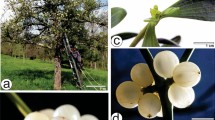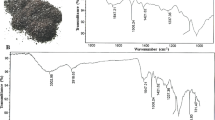Abstract
THE Golgi material in plant tissues is only now being worked out. Guilliermond of Paris in 1922 obtained Golgi apparatus in barley roots by the silver impregnation method; and in March 1926 he published a paper in C. R. Acad. Sci., Paris, on the relation between the plant vacuolar system and the Golgi apparatus. He treated the epidermal cells of very young leaves of Iris germanica and meristematic tissues of young shoots of Elodea canadenis, some Chlarophycee, Cyanophycea, bacteria, and some fungi (Levure and Oidium lactis), with the silver impregnation methods of Cajal and da Fano as well as with vital staining with neutral red. In the majority of cases he could obtain the precipitates of vacuoles (metachromatic corpuscles) stained in the form of the network of canals constituting the Golgi apparatus.
This is a preview of subscription content, access via your institution
Access options
Subscribe to this journal
Receive 51 print issues and online access
$199.00 per year
only $3.90 per issue
Buy this article
- Purchase on Springer Link
- Instant access to full article PDF
Prices may be subject to local taxes which are calculated during checkout
Similar content being viewed by others
Author information
Authors and Affiliations
Rights and permissions
About this article
Cite this article
BOSE, S. The Golgi Apparatus in Higher Fungi. Nature 120, 805–806 (1927). https://doi.org/10.1038/120805a0
Issue Date:
DOI: https://doi.org/10.1038/120805a0
Comments
By submitting a comment you agree to abide by our Terms and Community Guidelines. If you find something abusive or that does not comply with our terms or guidelines please flag it as inappropriate.



